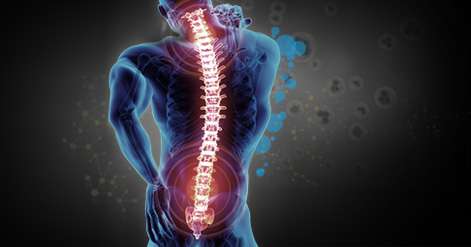Electromyography (EMG)
An electromyogram (EMG) is a medical test performed to measure the electrical activity of muscles in the body. Nerve conduction studies measure how well and how fast nerves send electrical signals to the muscles. EMG and nerve conduction studies are often done together to provide more in-depth information to the physician.
Nerves control the muscles in the body by sending electrical signals called impulses. These impulses make the muscles react in specific ways. When nerve and muscle disorders are present, the disorders cause the muscles to react in abnormal ways.
What is the purpose of an EMG test?
An electromyogram (EMG) is done to:
- Diagnose diseases that damage muscle tissue, nerves, or the junctions between nerve and muscle called neuromuscular junctions. These disorders may include a herniated disc, amyotrophic lateral sclerosis (ALS), or myasthenia gravis (MG) as well as many other conditions.
- Determine the cause of symptoms such as weakness, paralysis, or muscle twitching. These symptoms can represent problems in a muscle, the nerves supplying the muscle, the spinal cord, or the area of the brain that controls that muscle. The EMG does not show brain or spinal cord diseases.
How to Prepare for an EMG?
Inform your doctor regarding the following:
- Medications: Certain medicines that act on the nervous system can change electromyogram (EMG) results. You may need to stop taking these medicines 3 to 6 days before the test.
- Bleeding: If you have a history of bleeding problems or take blood thinners, such as coumadin, heparin, or aspirin, your doctor will tell you when to stop taking them before the test.
- Pacemaker: Let you doctor know if you have a pacemaker. Generally, this is not a problem, but nerve conduction stimulation will be avoided near the pacemaker.
- Smoking: Do not smoke for 3 hours before the test.
- Lotions: Do not apply lotion to the arms or legs on the day of the test.
Measuring the electrical activity in muscles and nerves can help physicians diagnose diseases that damage muscle tissue or nerves.
How is the Procedure Performed?
During the electromyography test, the physician cleans the skin with alcohol and inserts a tiny needle with an electrode into the muscle. The electrical activity of the muscle is recorded and viewed on a screen called an oscilloscope. The physician analyzes the activity on the screen and listens to the sounds of the activity through a speaker. This helps the physician determine if there are abnormalities in the muscle or the nerve going to the muscle.
An EMG may take 30 to 60 minutes. When the testing is complete, the electrodes are removed and the injection sites are cleaned with alcohol.
What are the Risks Associated with an EMG?
An electromyogram (EMG) is very safe. You may have some pain in the muscles after the procedure or small bruises or swelling at the needle injection sites. Sterile technique is used, so there is very little chance of developing an infection at the injection sites.

